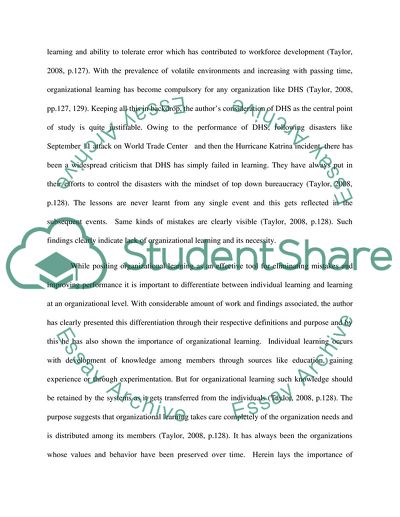Cite this document
(Analysis of Learning indicators and collaborative capacity: Applying Book Report/Review - 1, n.d.)
Analysis of Learning indicators and collaborative capacity: Applying Book Report/Review - 1. Retrieved from https://studentshare.org/politics/1761124-homeland-security-organization
Analysis of Learning indicators and collaborative capacity: Applying Book Report/Review - 1. Retrieved from https://studentshare.org/politics/1761124-homeland-security-organization
(Analysis of Learning Indicators and Collaborative Capacity: Applying Book Report/Review - 1)
Analysis of Learning Indicators and Collaborative Capacity: Applying Book Report/Review - 1. https://studentshare.org/politics/1761124-homeland-security-organization.
Analysis of Learning Indicators and Collaborative Capacity: Applying Book Report/Review - 1. https://studentshare.org/politics/1761124-homeland-security-organization.
“Analysis of Learning Indicators and Collaborative Capacity: Applying Book Report/Review - 1”, n.d. https://studentshare.org/politics/1761124-homeland-security-organization.


